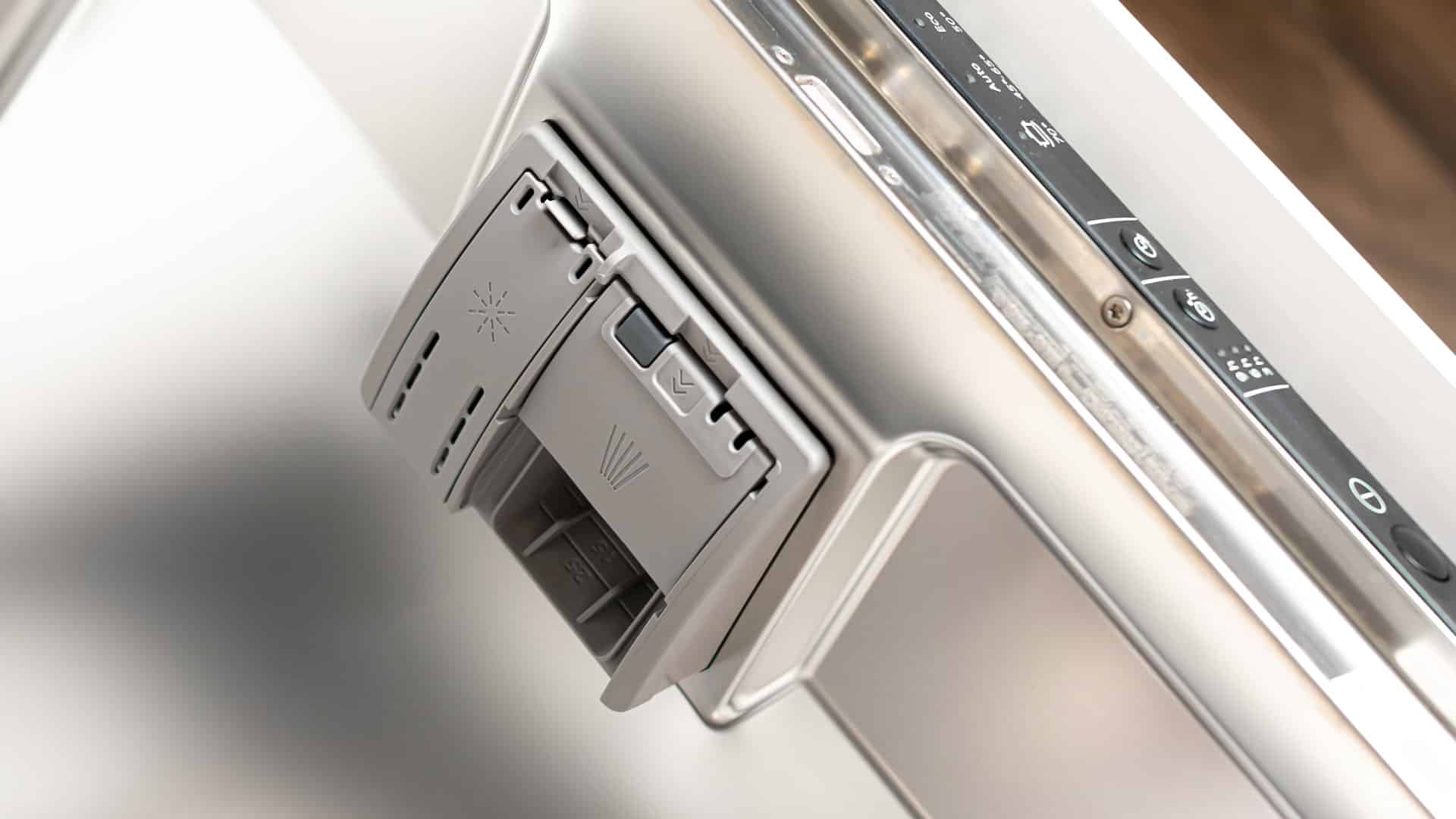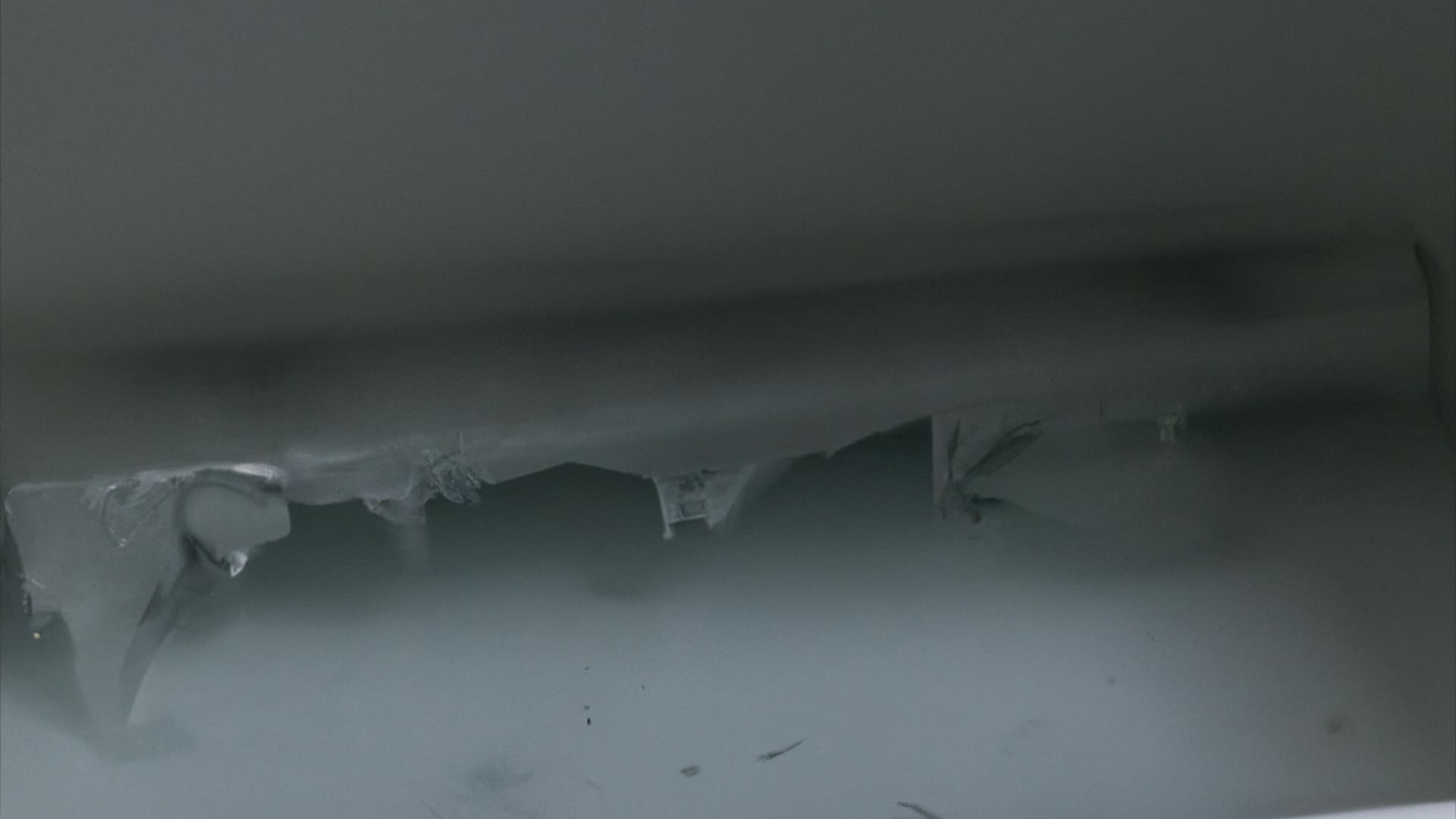
No one likes dealing with a freezer full of ice. Not only is it a pain to have to chip away at the ice every time you need something from the freezer, but it can also cause your freezer to run less efficiently, which raises your energy bills. So, what causes ice buildup in freezers, and how can you prevent it? Read on to find out.
Why does ice form?
Ice buildup in freezers is unpleasant and inconvenient, but it doesn’t have to be a permanent problem. By taking some simple precautions and troubleshooting any problems as they arise, you can keep your freezer frost-free all winter long!
Have you ever wondered how ice forms in your freezer? It’s actually a fairly simple process. Freezers work by circulating cool air around the inside of the fridge. This cool air helps to lower the overall temperature of the fridge, and as the temperature drops, water molecules in the air start to form crystals.
These crystals then come together to form ice. The more humid the air is, the faster ice will form. That’s why you’ll often find ice buildup on the back wall of your freezer, it’s where the cold air enters the fridge, and thus where condensation is most likely to occur. So next time you’re defrosting your freezer, take a moment to appreciate the fascinating physics at work!
1. Reduce air circulation
One way to prevent ice buildup is by making sure you have the right size freezer for your needs. If your freezer is too big, there will be more space for air to circulate, which can lead to ice buildup. On the other hand, if your freezer is too small, it will have to work harder to keep everything cold, which can also lead to ice buildup. To prevent this, make sure you measure the space in your kitchen before you buy a freezer. You should also try to keep your freezer as full as possible. This will help reduce air circulation and prevent ice buildup.
2. Keep it cool
Most people know that their freezer works best when it’s kept at 0 degrees Fahrenheit, but why is that? When the air inside the freezer is too warm, the food can release moisture, causing humidity. If there’s too much moisture in the air, it will condense on the coldest surfaces in the freezer, which is usually the food itself. This condensation can then turn to frost or ice crystals. So, how does keeping the freezer at 0 degrees Fahrenheit help to prevent this from happening?
Well, the lower the temperature, the less likely it is for water vapor to condense. So, by keeping your freezer at 0 degrees Fahrenheit, you can help to prevent ice from forming on your food.
3. Shut the door
We’ve all been there before. You’re rummaging through the freezer looking for that pint of ice cream you’ve been eyeing all week, and before you know it, you’ve got a case of brain freeze. But did you know that opening the freezer door too much can actually have some pretty serious consequences?
When warm, humid air comes into contact with the cold surfaces in the freezer, it condenses and turns to ice. This can cause your freezer to work overtime as it tries to maintain its temperature. Not only does this put unnecessary stress on your appliance, but it can also lead to higher energy bills. So next time you’re looking for a midnight snack, be sure to minimize the time you spend with the door open!
4. Food safety
You may not realize it, but when you place hot or improperly sealed food into the freezer, you’re actually increasing the amount of humidity in the air. This extra moisture then turns to ice, which can cause frost buildup on your food. In addition, this ice can block vents and prevent cold air from circulating properly, leading to warmer temperatures inside your freezer. As a result, your food may not stay frozen as long as it should. To avoid this problem, always let hot food cool down before placing it in the freezer, and make sure all containers are tightly sealed.
How do deal with frost build-up
Most people only think about defrosting their freezer when there’s a big block of ice buildup. But it’s actually a good idea to do it on a regular basis, even if there’s just a little bit of ice. Here’s a quick and easy way to defrost your freezer:
- First, empty the freezer of food. We recommend storing it in a second freezer.
- Next, turn off the power to the freezer. You can do this by unplugging it from the wall or flipping the switch on the circuit breaker.
- This only applies to freezers, not freezer/refrigerator combinations. If it is a combination, proceed to the next step.
- Next, open the door and prop it open with a towel. The towel will help absorb any melting water. Finally, wait for the ice to melt completely and then wipe down the inside of the freezer with a clean cloth. This can take several hours.
Defrosting your freezer regularly will help keep it running efficiently and prevent ice buildup.
While your freezer is defrosted, you can take the time to clean the defrost drain and the condenser coils.
Clean the Drain
Cleaning a freezer defrost drain can be a simple process if you know what to do. The first step is to locate the drain. In most freezers, the drain is located near the back, and it may be covered by a small panel. Once you have located the drain, remove any debris that may be blocking it. This can be done with a small brush or a vacuum cleaner with a hose attachment. Next, flush the drain with hot water to remove any remaining dirt or grime. After completing these steps, your freezer defrost drain should be clean and clear.
Clean the coils
Condenser coils are an essential part of any freezer. They work by releasing heat from the refrigerant, which helps to keep the freezer cool. While condenser coils are designed to be durable, they can become clogged with dust and dirt over time. This can reduce their efficiency and cause the freezer to work harder, which can lead to higher energy bills. Luckily, cleaning condenser coils is a simple task. Use a brush or vacuum attachment to remove any dust and debris from the coils. Once the coils are clean, you can plug the freezer back in and enjoy its improved performance.
By following these simple tips, you can prevent ice build-up in your freezer as well as keeping your food fresh and easily accessible.
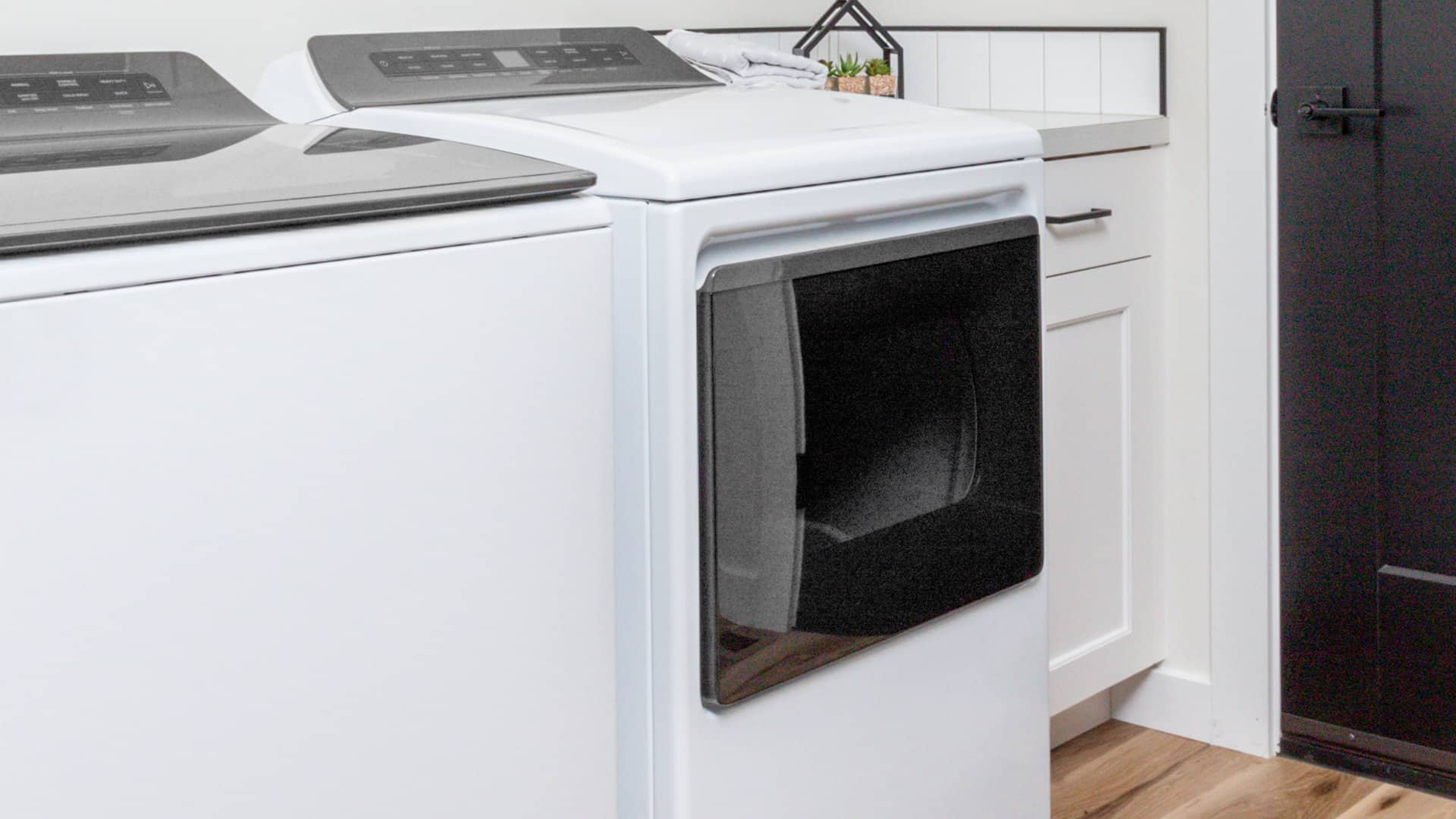
How To Fix a Whirlpool Washer F20 Error Code
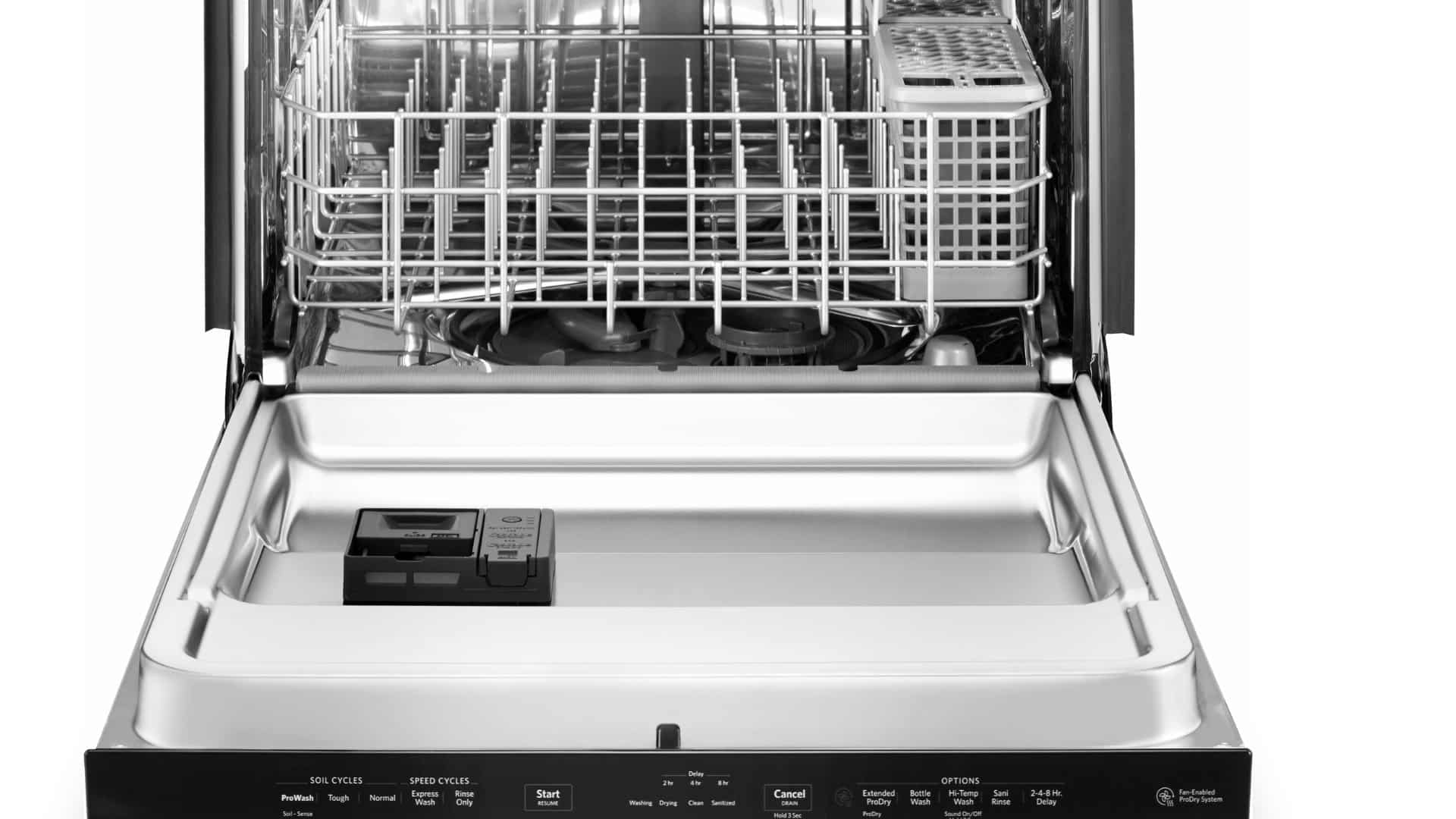
How to Fix a Dishwasher Not Getting Water: The Ultimate Guide
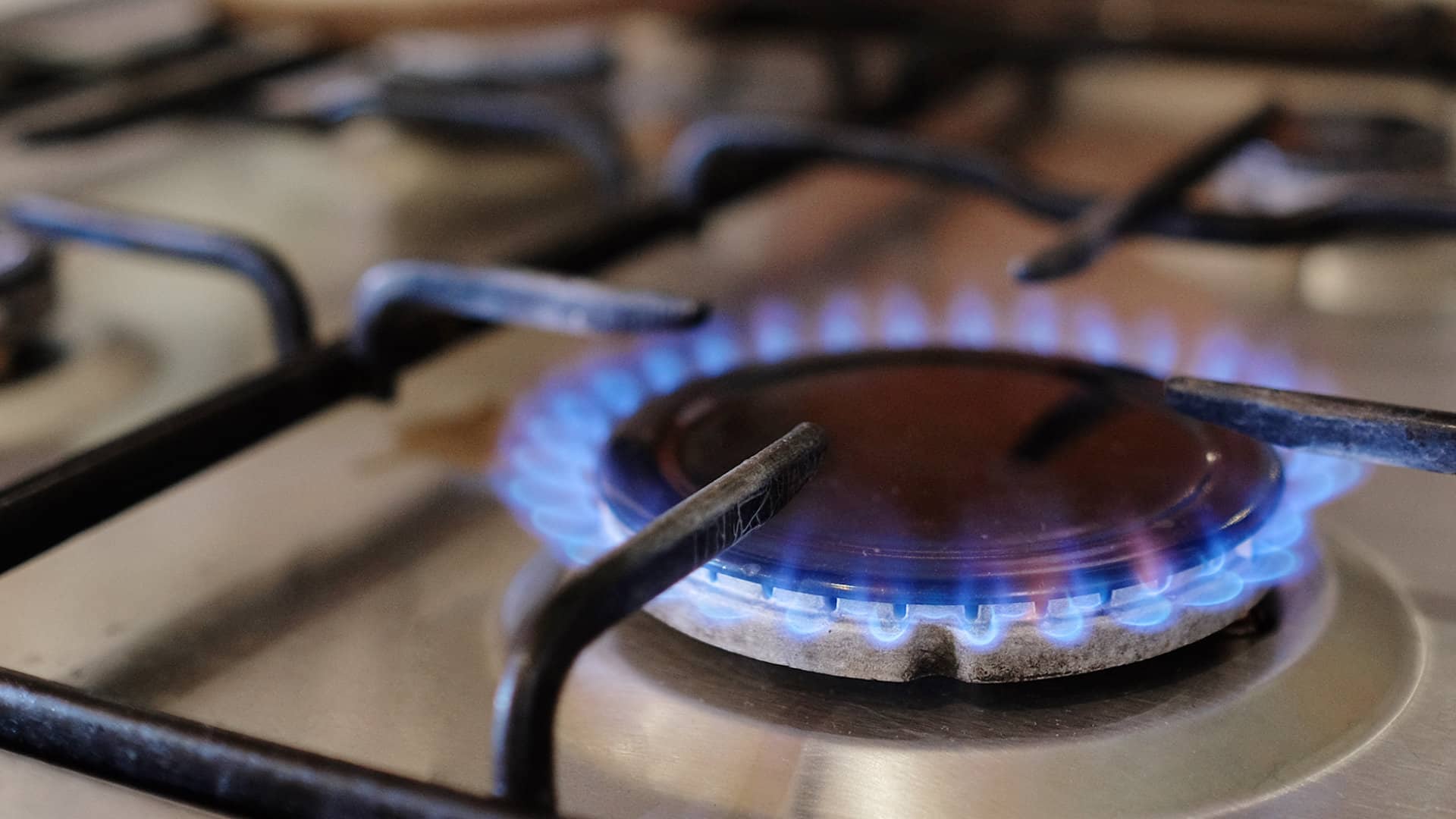
How to Solve the Frigidaire Stove F10 Error Code
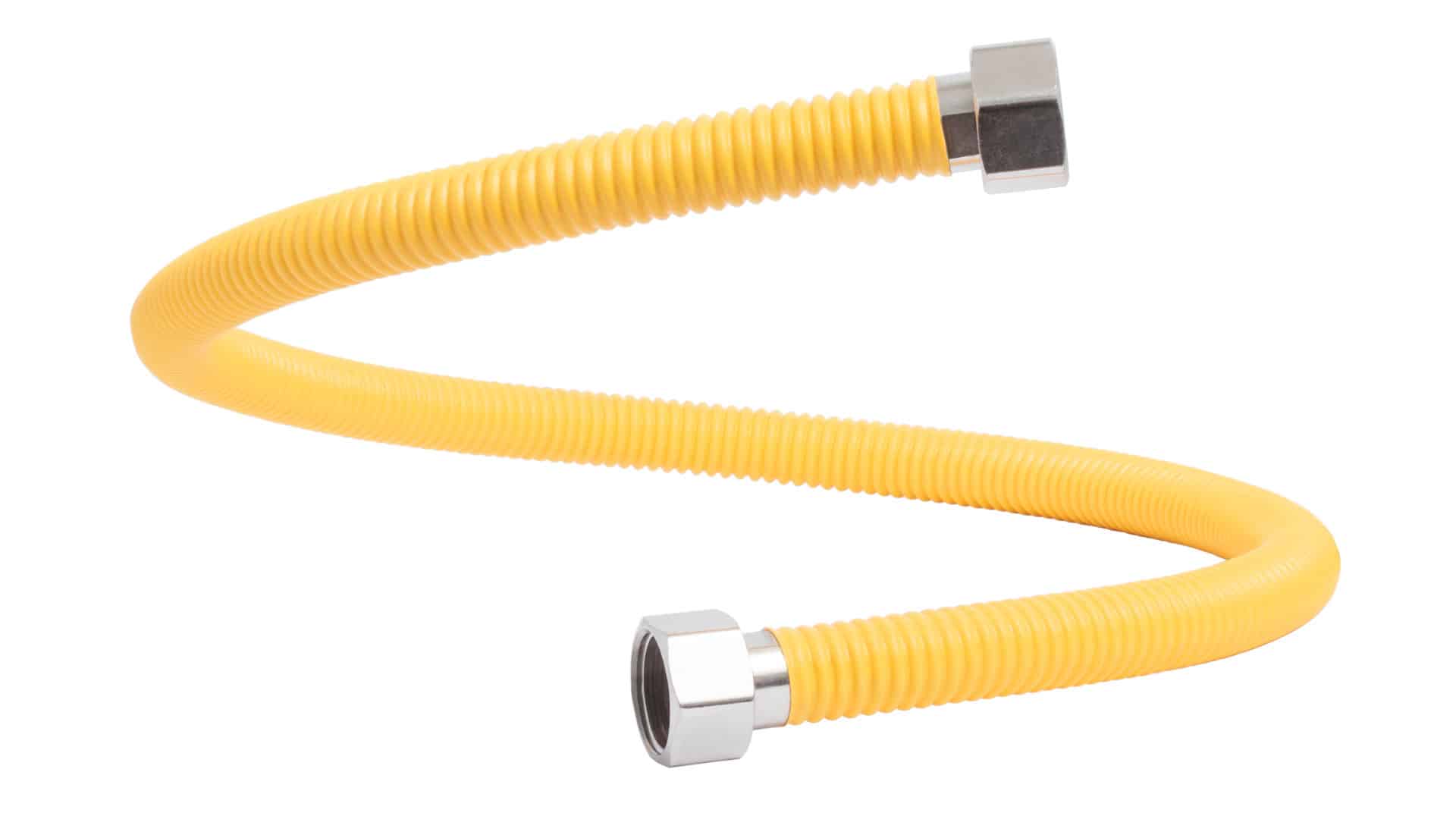
How to Hook up a Gas Dryer
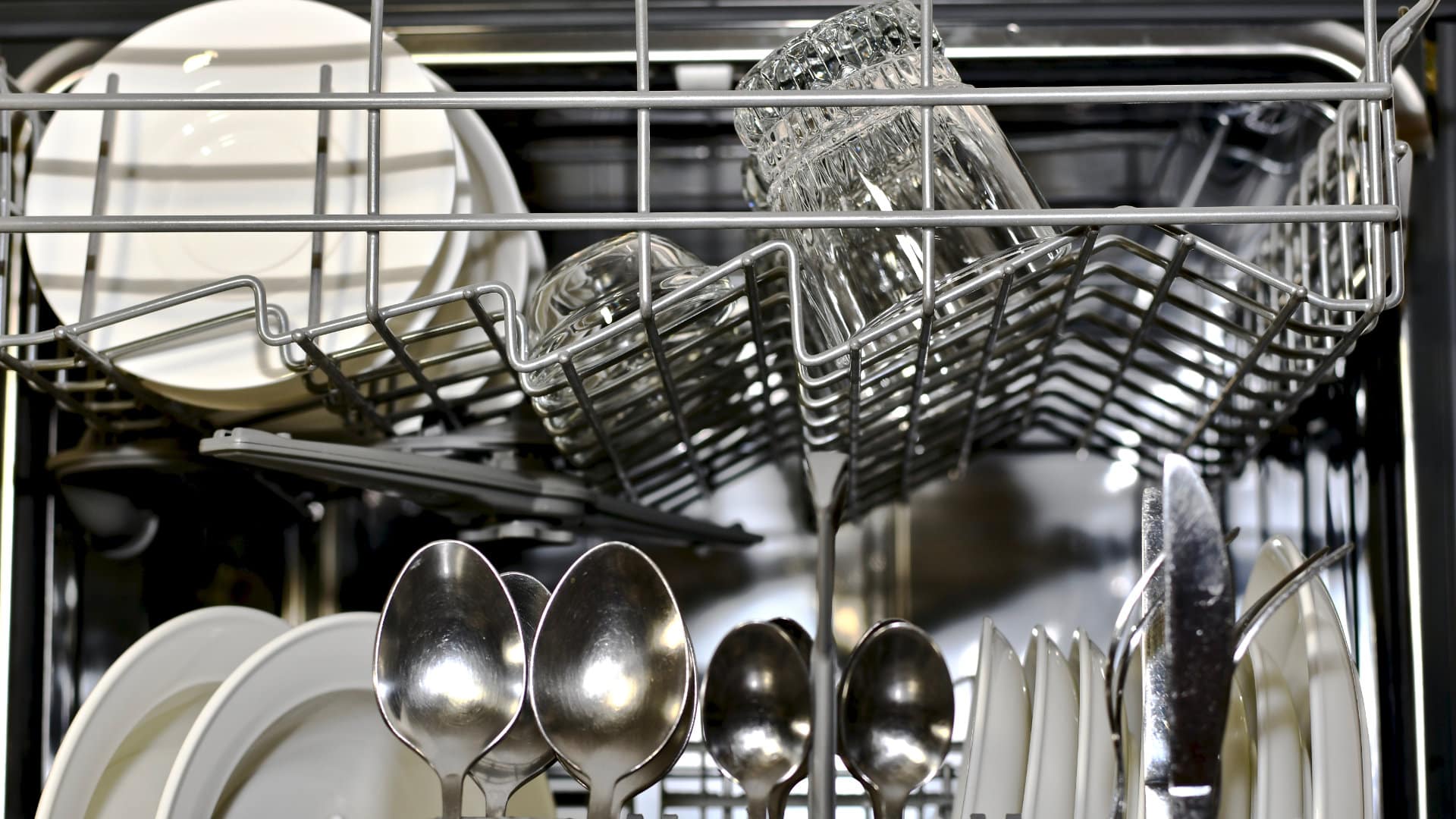
Dishwasher Not Cleaning Top Rack? How to Fix It
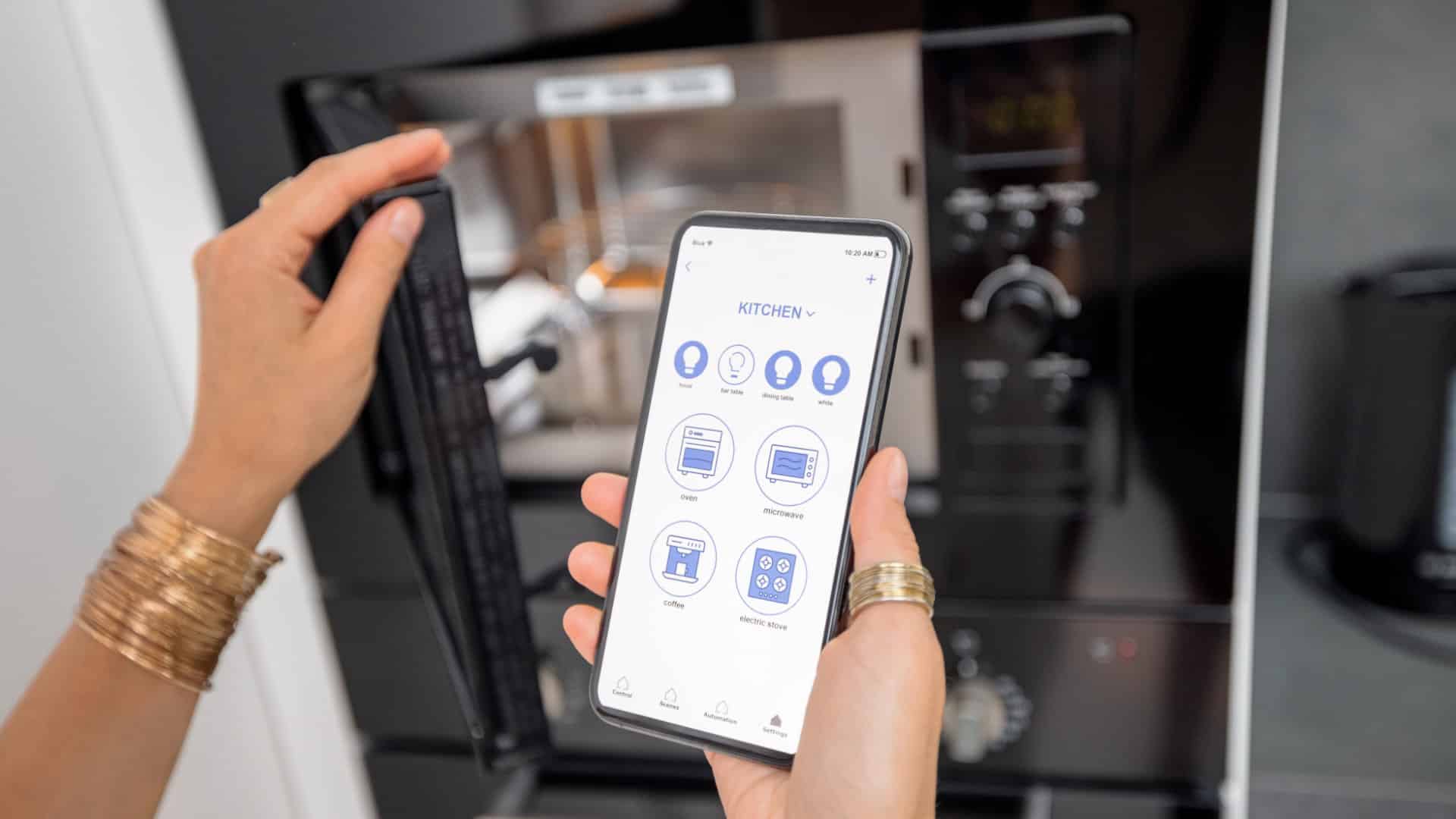
Why Your Microwave Is Making Weird Noises
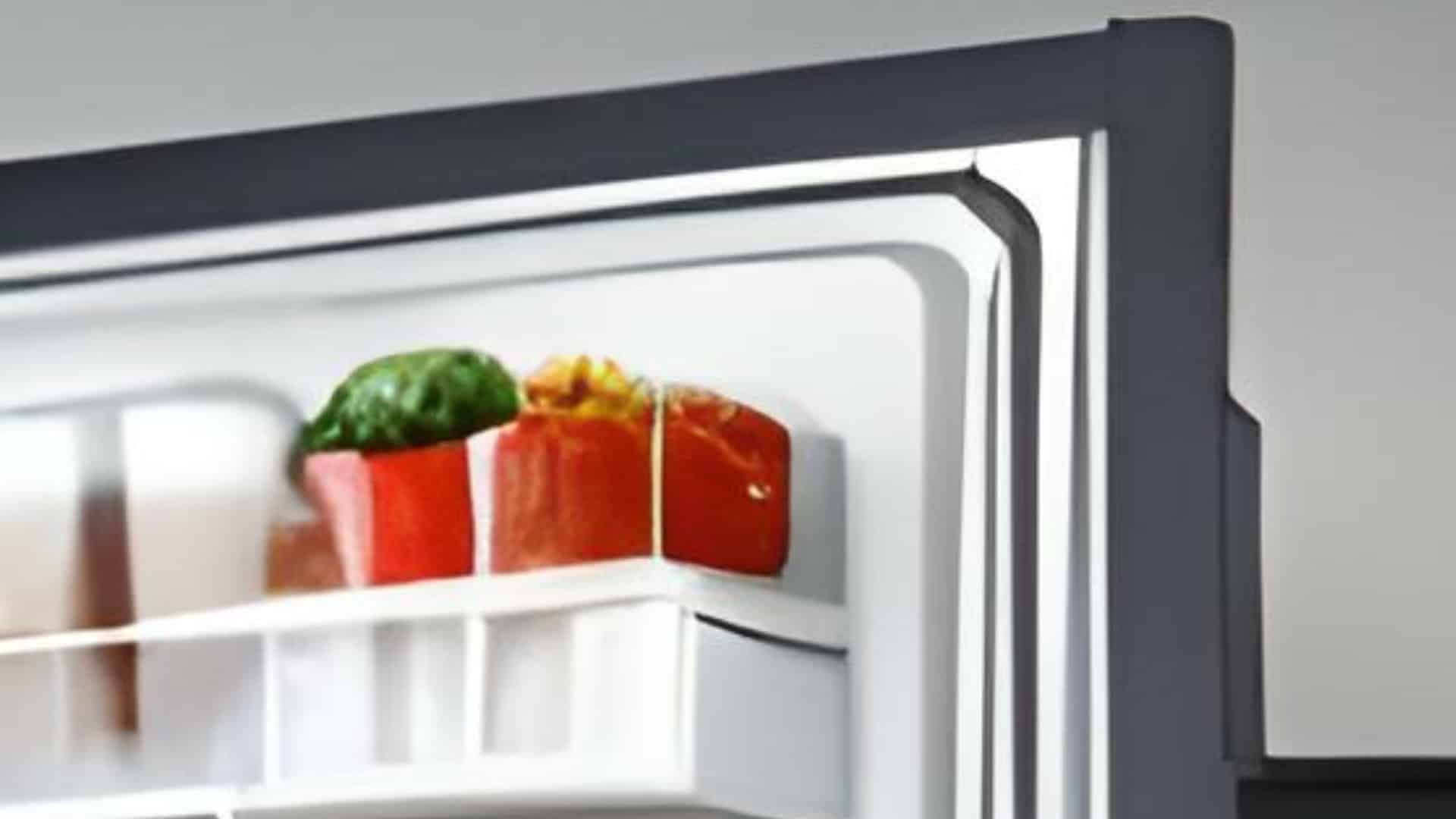
How to Replace a Refrigerator Door Seal
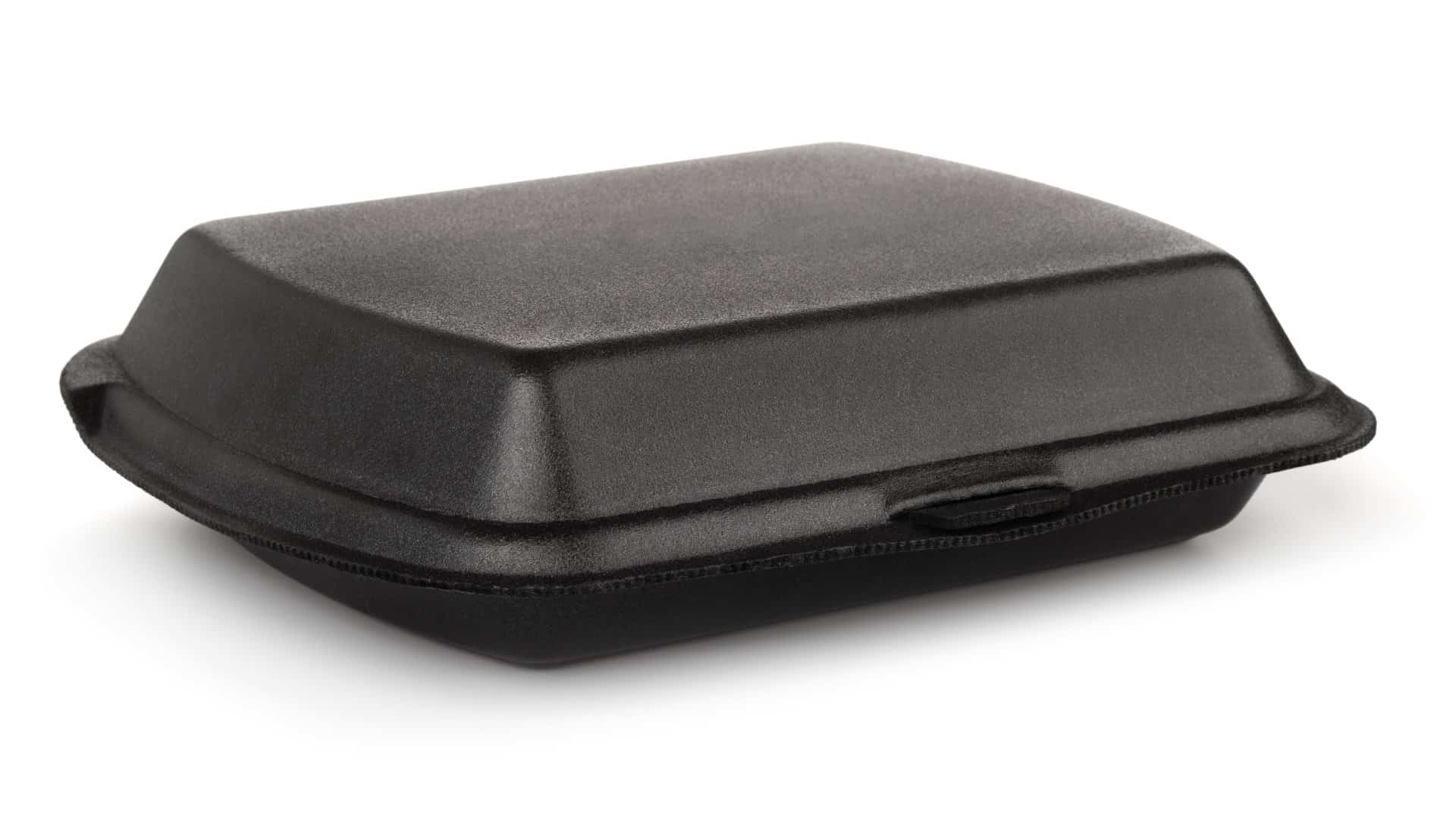
Can You Put Styrofoam in the Microwave?
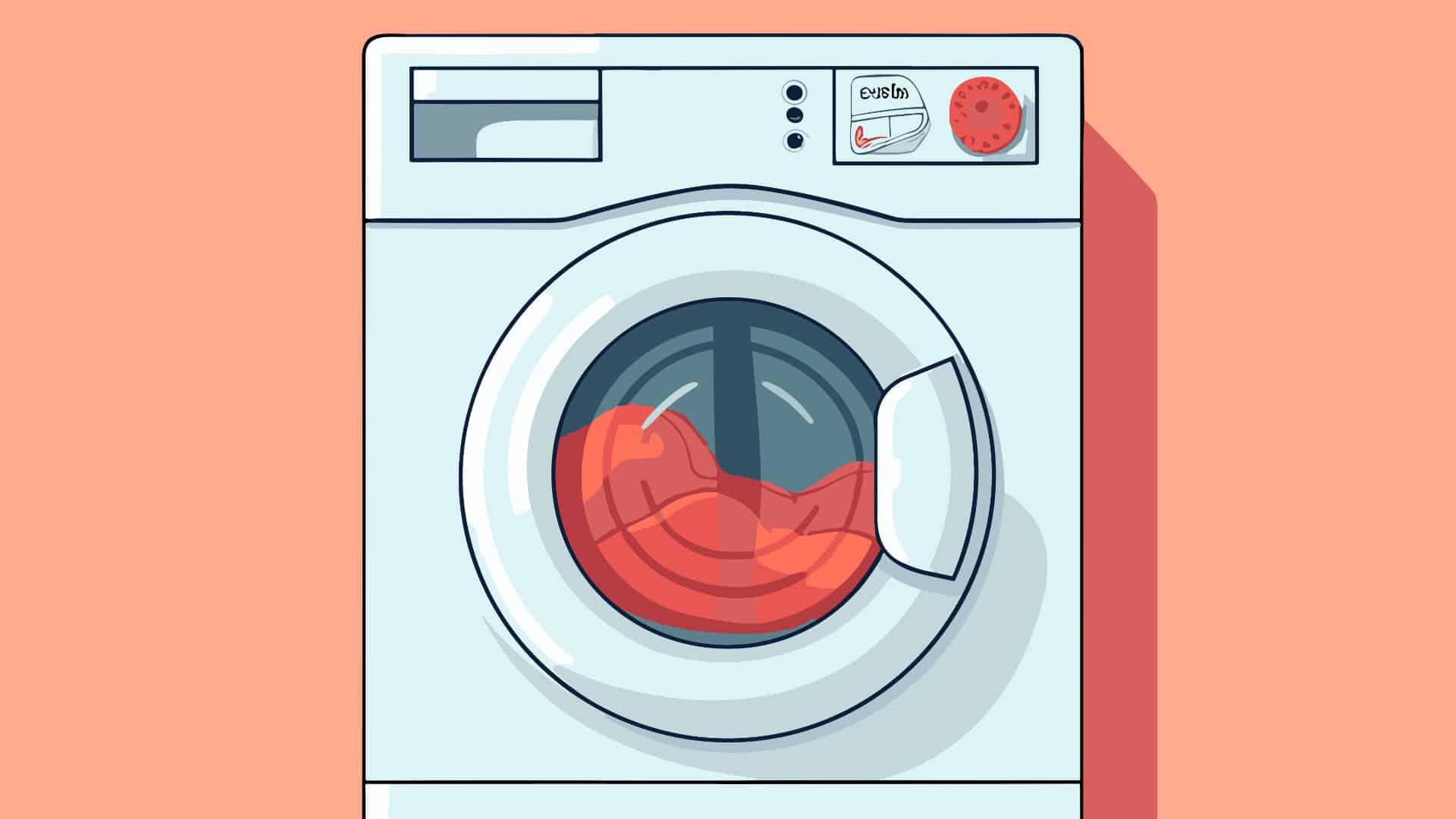
How to Resolve Whirlpool Washer E1/F9 Error Codes
